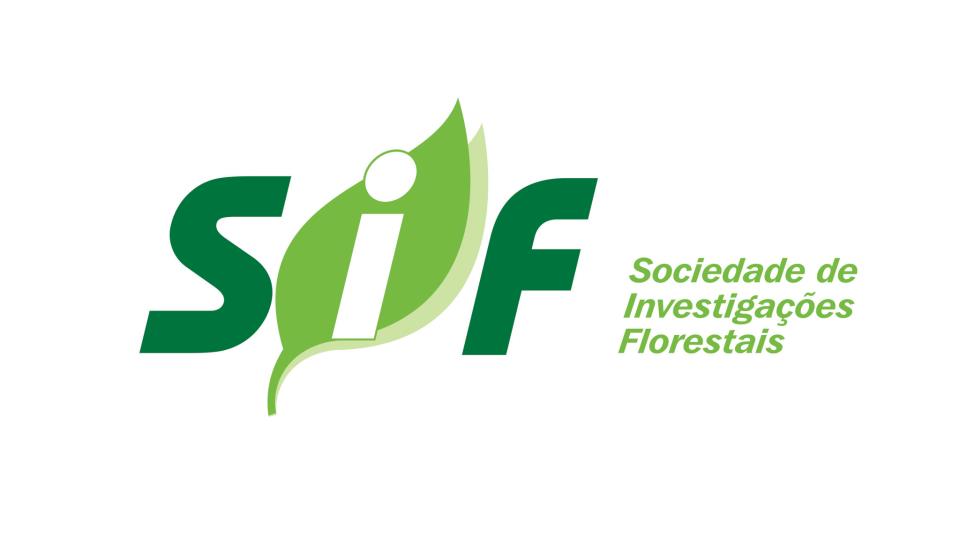Biblioteca Florestal
Digital
Digital
Desempenho da estratificação em um fragmento de cerrado stricto sensu utilizando interpolador geoestatístico

- Página inicial
- →
- Biblioteca Florestal Digital
- →
- Periódicos
- →
- Cerne
- →
- Cerne - v.18, n.4, 2012
- →
- Ver item
JavaScript is disabled for your browser. Some features of this site may not work without it.
| dc.contributor.author | Alvarenga, Luiz Henrique Victor | |
| dc.contributor.author | Mello, José Márcio de | |
| dc.contributor.author | Guedes, Isabel Carolina de Lima | |
| dc.contributor.author | Scolforo, José Roberto Soares | |
| dc.date.accessioned | 2015-09-14T18:59:30Z | |
| dc.date.available | 2015-09-14T18:59:30Z | |
| dc.date.issued | 2012-10 | |
| dc.identifier.citation | ALVARENGA, L. H. V. et al. Desempenho da estratificação em um fragmento de cerrado stricto sensu utilizando interpolador geoestatístico. Cerne, Lavras, v. 18, n. 4, p. 675-681, out./dez. 2012. | pt_BR |
| dc.identifier.issn | 0104-7760 | |
| dc.identifier.uri | http://www.bibliotecaflorestal.ufv.br:80/handle/123456789/15149 | |
| dc.description.abstract | Conduziu-se este estudo, com o objetivo de verificar a existência de dependência espacial em um fragmento de cerrado stricto sensu e incorporá-la ao inventário florestal como estratificador e comparar o desempenho da amostragem casual estratificada (ACE) com a amostragem sistemática (AS) além de verificar a precisão da ACE com intensidade amostral reduzida. Foram distribuídas de forma sistemática 157 unidades amostrais, com área de 1000 m2. Em todas as parcelas, foram medidas as circunferências a 1,3 m do solo e altura total de todas as árvores. O volume de cada parcela foi obtido por equações de volume geradas para a fisionomia. Verificou-se que a característica dendrométrica volume se encontra estruturada espacialmente. O erro de amostragem do inventário obtido para a AS foi de 11,38% e 6,47% para ACE. Com a intensidade amostral reduzida em 60%, o erro para ACE foi de 9,93%. Foi verificado que mesmo com uma redução acentuada na intensidade amostral, as estimativas da ACE são mais precisas que as estimativas da AS. Portanto, pode-se dizer que, a estratificação com base na dependência espacial da característica de interesse, torna-se uma ferramenta muito útil na melhora da qualidade dos estimadores do inventário florestal mesmo com redução da intensidade amostral. | pt_BR |
| dc.description.abstract | This study verified the existence of spatial dependence in a Brazilian savanna fragment and incorporated it to the forest inventory by stratifying, compared the accuracy of systematic sampling (SS) with stratified random sampling (SRS) and verified the accuracy of SRS with reduced sampling intensity. A total of 157 sample plots (area of 1000 m 2 ) were allocated and distributed systematically in the area. The circumference at 1.3m from the soil and the total height of all trees were measured in the plots. The volume of each plot was obtained by volume equations generated for the physiognomy. It was found that the dendrometric characteristic of volume is spatially structured. The inventory error obtained for the SS was 11.38% and 6,47% for SRS. With the sampling intensity decreased by 60%, the error for SRS was 9.93%. These results showed that even with a marked reduction in the sampling intensity, the estimates by stratified random sampling (SRS) is more accurate than the estimates of systematic sampling (SS). Therefore, the stratification based on the spatial dependence in the characteristic of interest is a very useful tool in improving the quality of forest inventory estimators even with a reduction in sampling intensity. | pt_BR |
| dc.format | 7 páginas | pt_BR |
| dc.language.iso | pt_BR | pt_BR |
| dc.publisher | Universidade Federal de Lavras | pt_BR |
| dc.relation.ispartofseries | Cerne:v.18,n.4; | |
| dc.subject.classification | Ciências Florestais::Manejo florestal::Dendrometria e mensuração florestal | pt_BR |
| dc.title | Desempenho da estratificação em um fragmento de cerrado stricto sensu utilizando interpolador geoestatístico | pt_BR |
| dc.title | Performance of stratification in a brazilian savanna fragment by using geoestatistical interpolator | pt_BR |
| dc.type | Artigo | pt_BR |
Arquivos deste item
| Arquivos | Tamanho | Formato | Visualização | |
|---|---|---|---|---|
| Cerne_v18_n4_p675-681_2012.pdf | 607.4Kb |

|
Visualizar/ |
|





